Saying it with flowers used to be the thing – now we’re serving it with them. Edible florals have become quite the fashionable choice. There will be geraniums in your salad, lavender in your latte and hibiscus in your chocolate. Meghan Markle is making floral ice cubes, Jeremy Salamon is infusing his homemade vinegar with chamomile and Jamie Oliver is mercilessly pickling magnolia petals.
There’s a Michelin-starred food joint-slash-florist in New York City, Il Fiorista, where you can get your favorite blooms stewed, baked, boiled or fried. The cocktails are swimming with garden truck, nasturtium leaves dye the buttermilk green and you could once, at any rate, lunch on sliced lotus root dusted with pine pollen (which sounds like a recipe for a positively Homeric sneeze). I’m not sure if you have to wear something floral to get in, but I do hope so.
“What more could he ask? A few flowers at his feet and above him the stars,” wrote Victor Hugo of some melancholic hero of romance, sadly born too soon to graceIl Fiorista with his poetic presence. What more indeed? Steak, cheese, scallops, spanakopita and rack of lamb, I should think, for a start. If flowers be the food of love, stew on, that we may sicken and die.
Sicken indeed – something for the foraging community to think about. Your edible-bloom forager is urged to head out to the highways and byways, there to collect clover (salads and clover jelly), daisies (salads and pickled buds), dandelions (salads and fritters) and wild bee balm (salads and tea). A myriad of websites break down the finer points of clarifying, in sometimes obscure language, which varieties and portions of these flowers can safely be eaten – and which are toxic. It’s not quite as scary as reading instruction manuals on foraging wild mushrooms, but it’s close.
Salads, as you’ll notice above, are frequently mentioned as the ideal medium for serving up flowers. You could be forgiven for cynicism about this; for some reason, people think you can put anything in a salad: crackers, cereal, carrots, Cool Whip. So why not toss in a sunflower head or a few zinnia petals?
It must be said, though, that adding flowers to your mixed greens is endorsed by a long and honorable tradition of flower consumption. John Evelyn, a 17th-century gardener, vegetarian and salad aficionado, wrote in his 1699 book Acetaria: A Discourse of Sallets about the best ingredients for salads. He spoke warmly of dianthus, elderflowers, orange flowers, cowslips and nasturtium, suggesting that they could be eaten alone, sprinkled into salads, infused into vinegar or pickled.
Though Evelyn wrote three centuries ago, his views on flowers have stayed fresh. His opinion on garlic, meanwhile, hasn’t aged as well: “We absolutely forbid it entrance into our Salleting, by reason of its intolerable Rankness, and which made it so detested of old; that the eating of it was (as we read) part of the Punishment for such as had committed the horrid’st Crimes.” How times change. He was all right with eating a cowslip, but even this groundbreaking vegetarian couldn’t face a clove of garlic. Fresh thyme, marjoram and marigolds he thought too spicy for salad and more proper for “Broths and Decoctions.”
When it comes to eating flowers, my own preferences – with a few honorable exceptions – are for the ones that have been eaten for so long, they’re honorary vegetables. Capers, for instance. I used to fondly imagine they were some sort of Italian berry. But (and perhaps everyone but me knew this) capers are actually the pickled buds of the Flinders rose, a charming pinkish-white flower. In my defense, the flowers, if left unpicked and unpickled, do, indeed, grow into caper berries, which are also eaten. But your gold-standard caper is a flower bud.
Broccoli florets are buds too – they open into yellow flowers if left in the field. So are artichokes, which are actually a variety of thistle and, if allowed past the bud stage, will break into the most spectacular purple blooms.
Poison Control would shake its head, but Audrey Hepburn, growing up in Holland during World War Two, survived a famine by eating tulip bulbs. John Evelyn would have approved; he praised young, fresh tulip bulbs as “sweet and high of taste.” That is not a universal view. In 1976, somebody in Yugoslavia made a goulash and substituted five tulip bulbs for the onions. The six people who ate it became very ill (though they all recovered in the end). And then there’s the story of the Dutch sailor who, at the height of tulipomania, seized a priceless bulb and ate it for lunch, thinking it an onion. While the story doesn’t say whether he got sick, he did get thrown in jail.
There are two places in cooking where flowers indisputably belong, whether fashionable or not. The first is as a flavoring: think spices, teas, rosewater, orange blossom water and liqueurs. St-Germain, a delightful elderflower liqueur from Savoie, is a fine example, as is Crème de Violette.
And the second is as a garnish or decoration, especially in cake decoration. The delicacy of texture and the vivid colors are a perfect fit for the whimsicality of cake. Flowers for cakes include pansies, nasturtiums, snapdragons, campanula and, my favorite, roses.
The loveliest cheesecake I’ve ever seen was lacquered in a deep strawberry glaze and decorated with red rose petals. Talk about too pretty to eat.
This article was originally published in The Spectator’s June 2025 World edition.



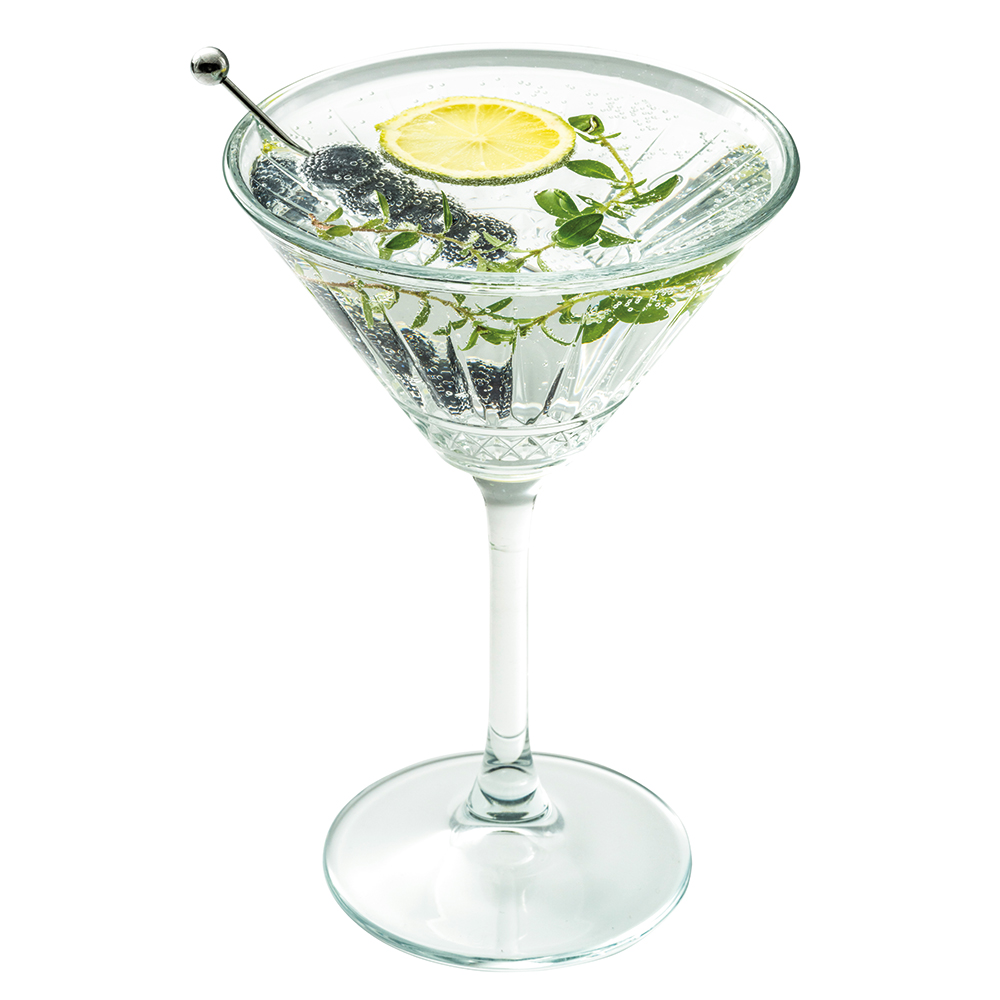






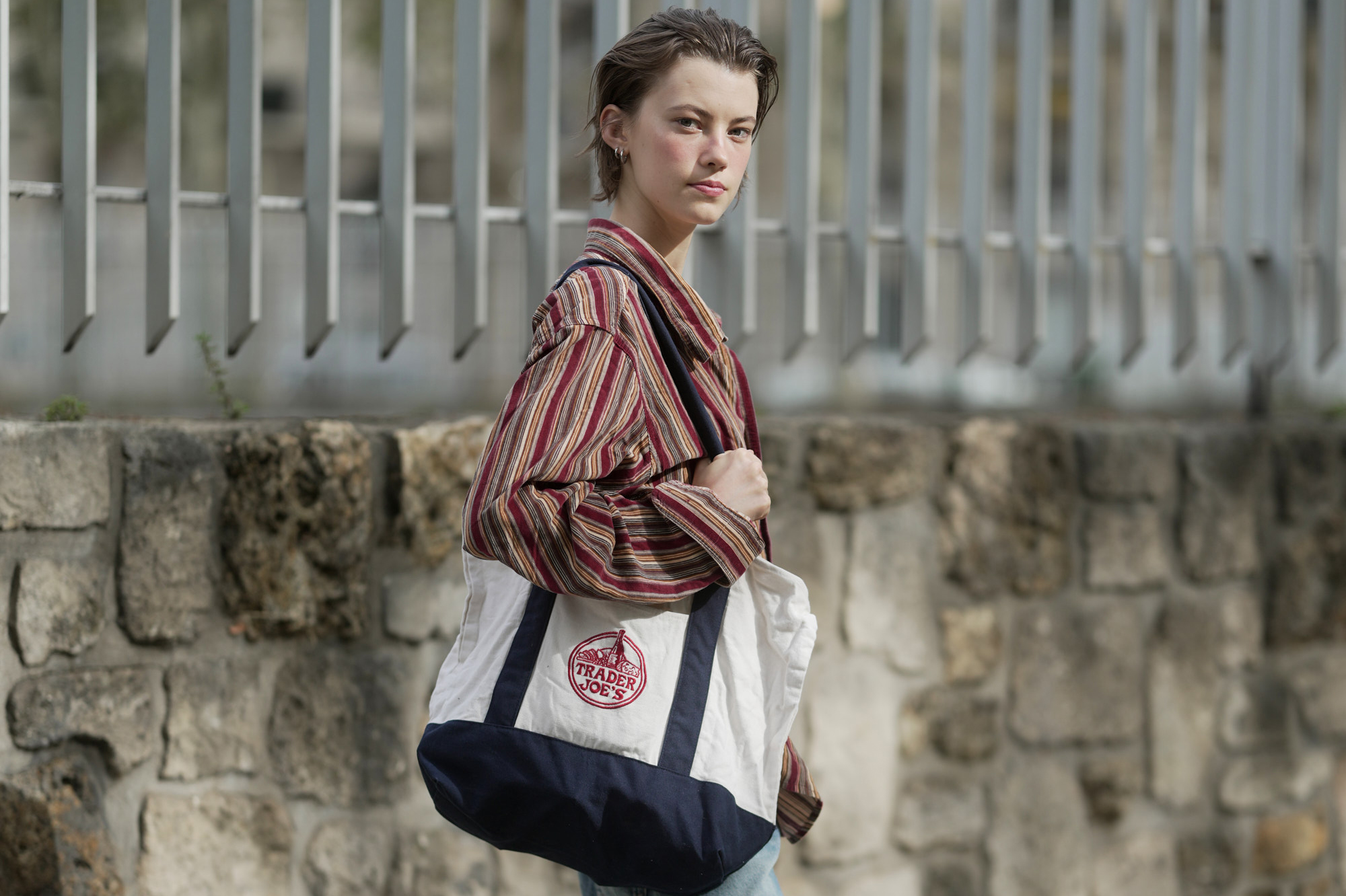
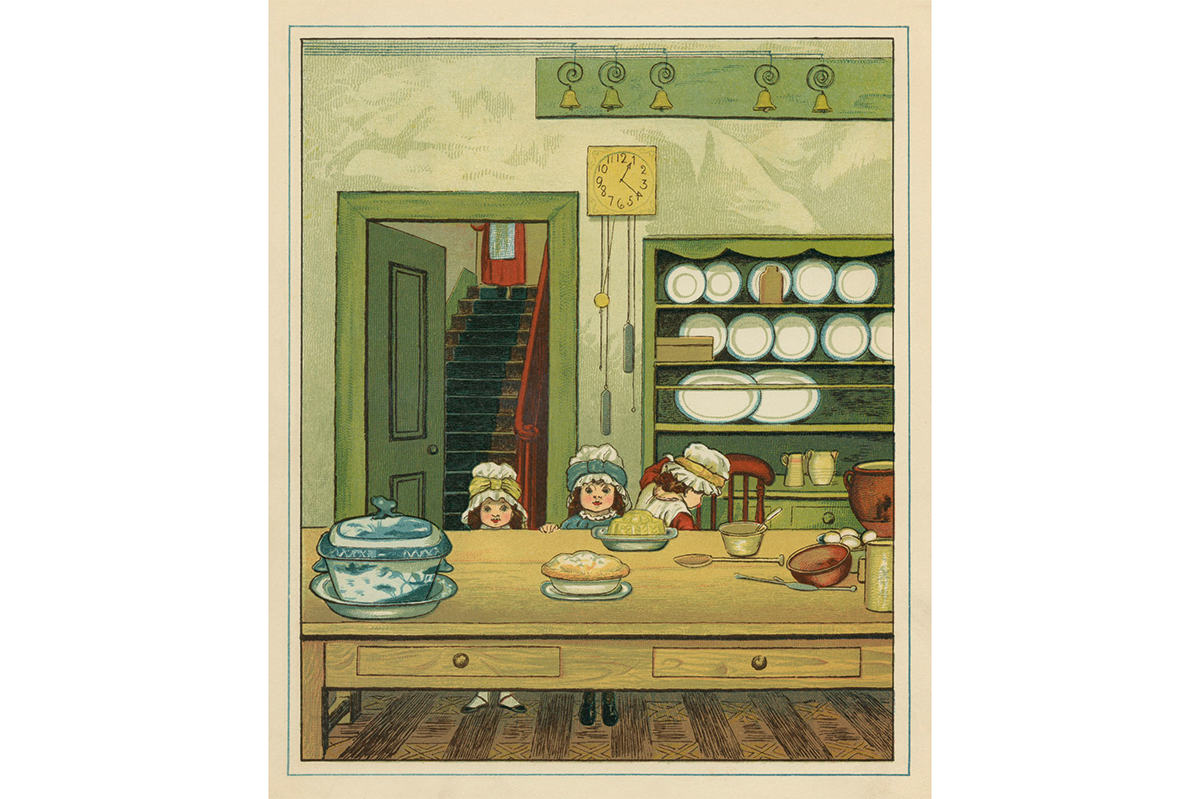
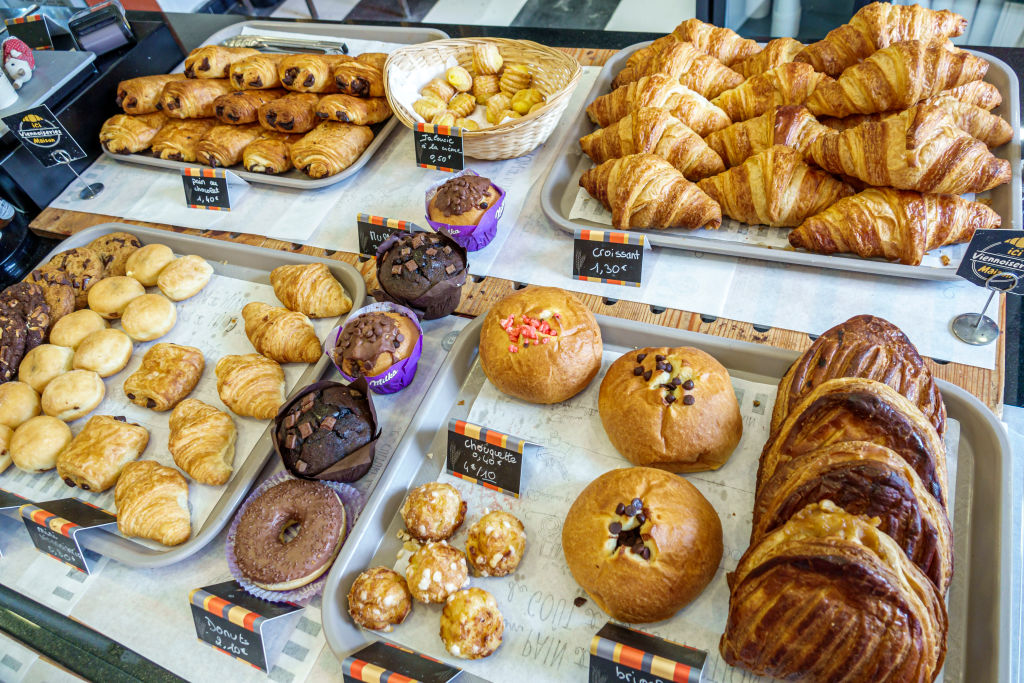
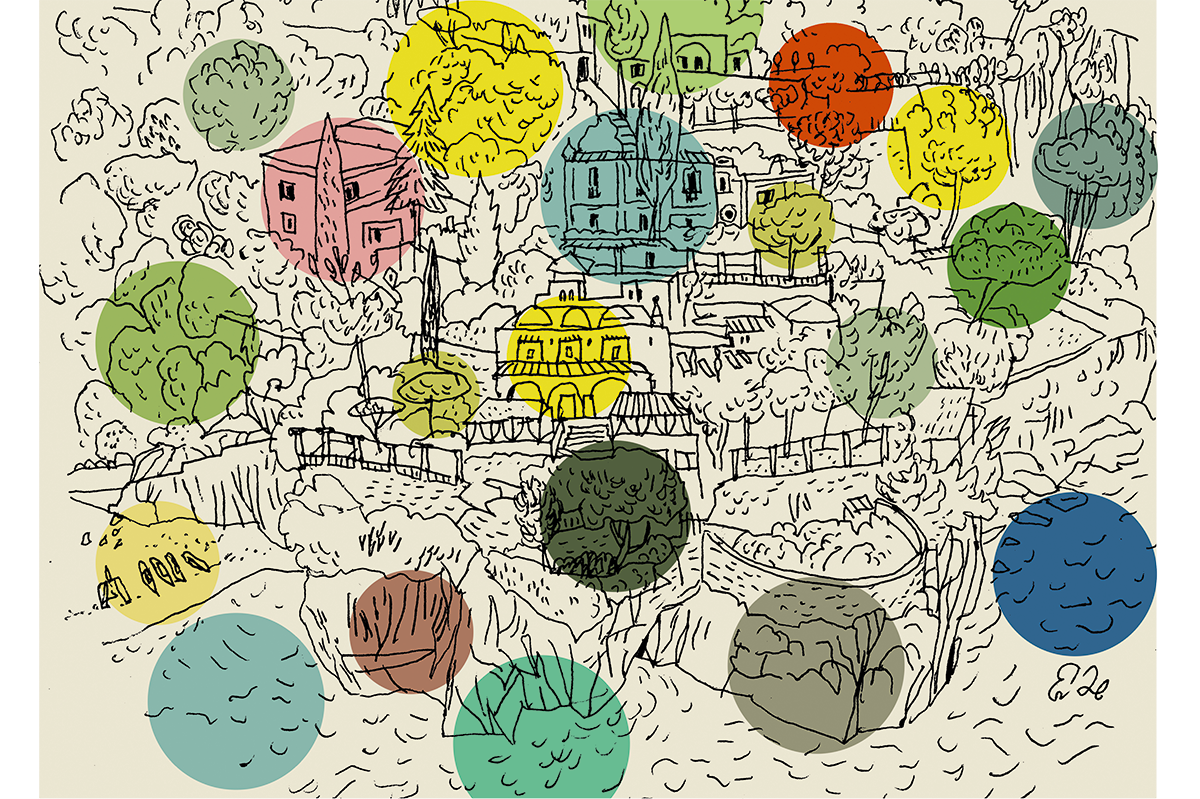

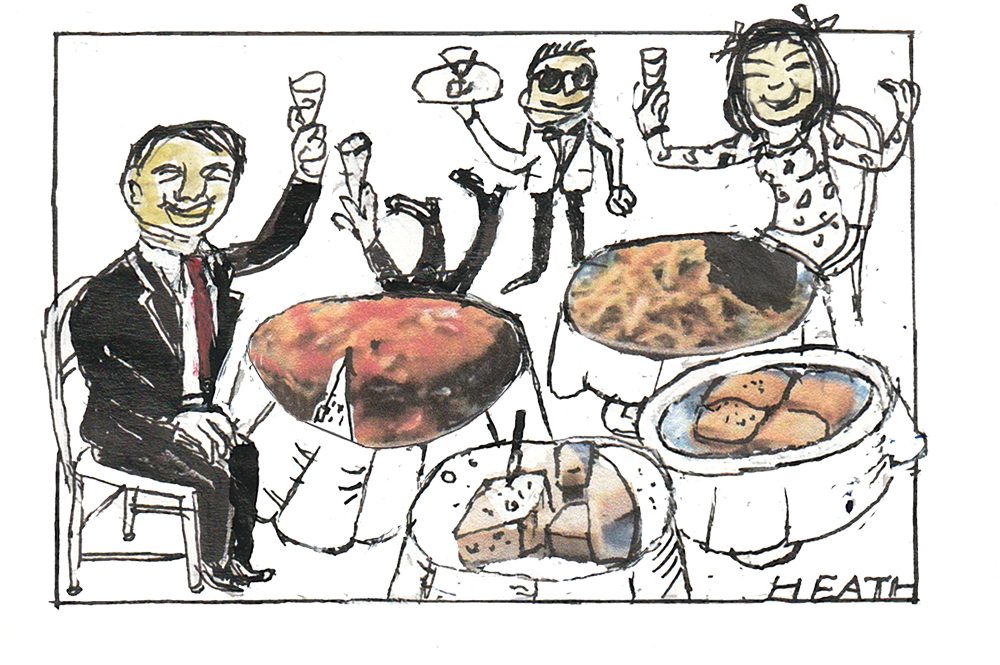







Leave a Reply